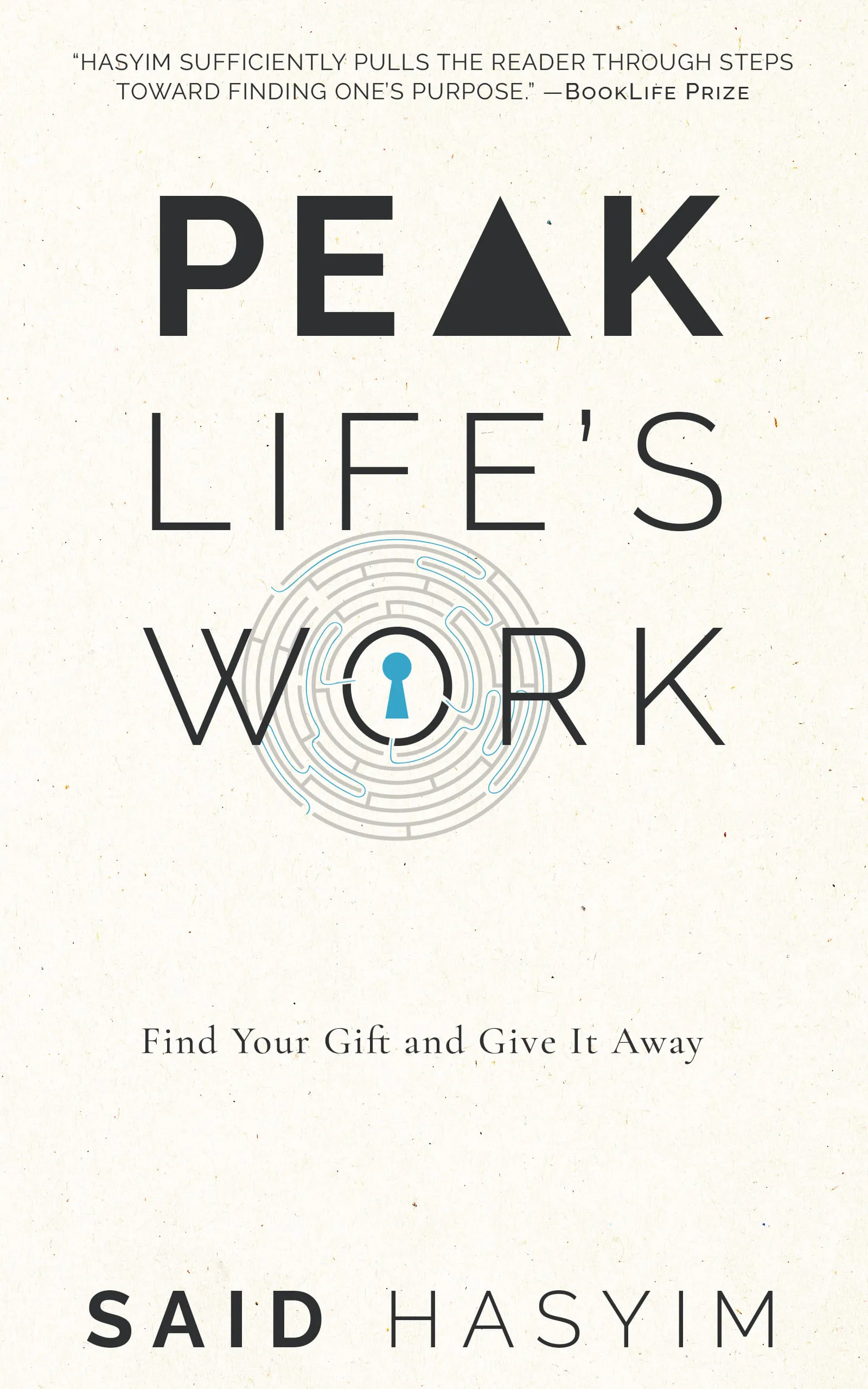Finding Flow: The Intersection of Skill and Passion
In our fast-paced, productivity-obsessed world, the quest for fulfillment often feels like climbing a steep mountain with no summit in sight. Many people are on a continuous search for the sweet spot—where their skills and passions intersect. This intersection is often referred to as "finding flow," a state of being thoroughly immersed in an activity, characterized by joy, creativity, and a sense of timelessness. In this blog post, we’ll explore the concepts surrounding flow, how to identify where your skills and passions align, and ways to cultivate flow in your everyday life.
Understanding Flow
The term "flow" was coined by psychologist Mihaly Csikszentmihalyi, who described it as a mental state of operation in which a person is fully absorbed in an activity, experiencing a sense of energy, focus, and enjoyment. In the flow state, work feels effortless, and the passage of time seems to fade.
Flow requires a balance between challenge and skill. If the task at hand is too easy, you may feel bored; if it’s too challenging, you may feel anxious. Finding this balance is essential to entering the flow state.
Characteristics of Flow
- Deep Concentration: Inflow, distractions fade away and one becomes absorbed in the task.
- Sense of Control: Even under challenging circumstances, there’s a feeling of mastery over the task.
- Intrinsic Motivation: The activity itself is rewarding, and the outcome is secondary.
- Altered Sense of Time: Hours may feel like minutes, as the individual becomes engrossed in the activity.
The Intersection of Skill and Passion
Identifying Your Skills
Before you can find flow, you need to recognize your unique skills. Skills can be broadly categorized into two types: technical skills (the know-how to perform specific tasks) and soft skills (interpersonal and emotional intelligence). Finding out what you’re good at can often be achieved through self-reflection, feedback from others, or professional assessments.
Consider the following questions when evaluating your skills:
- What activities come naturally to you?
- What have others complimented you on?
- What skills have you invested significant time in developing?
Uncovering Your Passion
Passions, unlike skills, are driven more by emotion and personal fulfillment than by competency. They are activities that ignite your excitement and make you feel alive. To identify your passions, reflect on the following:
- What activities do you lose track of time doing?
- What subjects can you talk about for hours?
- If money were no object, what would you do?
Finding the Sweet Spot
Once you have a clear understanding of your skills and passions, the next step is to find the intersection of the two. This sweet spot is where flow can be achieved.
One effective exercise is to create a Venn diagram with "Skills" on one circle and "Passions" on the other. The overlapping area represents activities where your skills align with your passions.
Cultivating Flow in Your Daily Life
Now that we understand where skills and passions meet, the next question is: How can we incorporate more flow into our lives? Here are some strategies to help cultivate flow in your daily routine:
1. Set Clear Goals
Setting clear, achievable goals gives direction to your pursuits. They can be broken down into smaller, manageable tasks that make it easier to enter flow.
2. Minimize Distractions
Creating an environment conducive to flow is essential. Limit external distractions by turning off notifications, finding a quiet space, or using tools like noise-cancelling headphones.
3. Practice Mindfulness
Mindfulness practices—like meditation and yoga—can help sharpen focus and improve the ability to concentrate, making it easier to slip into flow.
4. Stretch Your Skills
Seek out challenges that push you just outside your comfort zone. When tasks are challenging yet attainable, you’re more likely to find yourself in flow.
5. Embrace the Process
Often, we become overly fixated on outcomes. Shift your focus to enjoying the process of what you’re doing, regardless of the results.
6. Schedule Flow Time
Set aside specific times in your week dedicated to activities you love. Make this time non-negotiable, and treat it as seriously as any work commitment.
7. Reflect and Adjust
Regularly reflect on your experiences of flow. What activities provided the most joy and engrossment? What tasks felt like pulling teeth? Use these insights to fine-tune your pursuits.
Conclusion
Finding flow is less about seeking happiness and more about aligning your skills with your passions. In doing so, you create a life filled with energy, meaning, and joy. While the road may not always be straightforward, embracing your unique combination of skills and passions can lead you to that magical intersection where time disappears, and creativity flourishes.
Remember, the journey to finding flow will take time, patience, and a willingness to experiment. Allow yourself the freedom to explore, and who knows? You might just find the rhythm of flow that makes every moment count.
By understanding the intricate relationship between skills, passion, and flow, we can create lives that are not just productive, but also genuinely satisfying. So take that first step towards your flow state today—your fulfilled self awaits!
Start Your Transformative Journey
Peak Life's Work, a transformative book to unlocking your true potential and finding purpose. Learn science-backed strategies from top performers to enhance skills and creativity. Gain insights into success and failure while uncovering your personal talents. With practical steps for self-discovery and nurturing talent, this book equips you for a fulfilling journey toward your greatest work.
